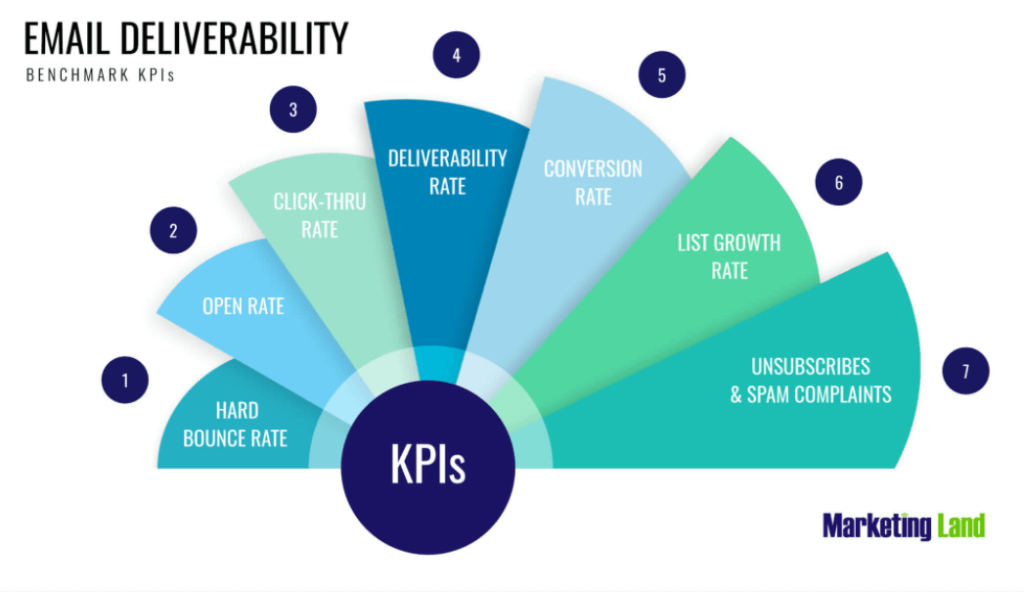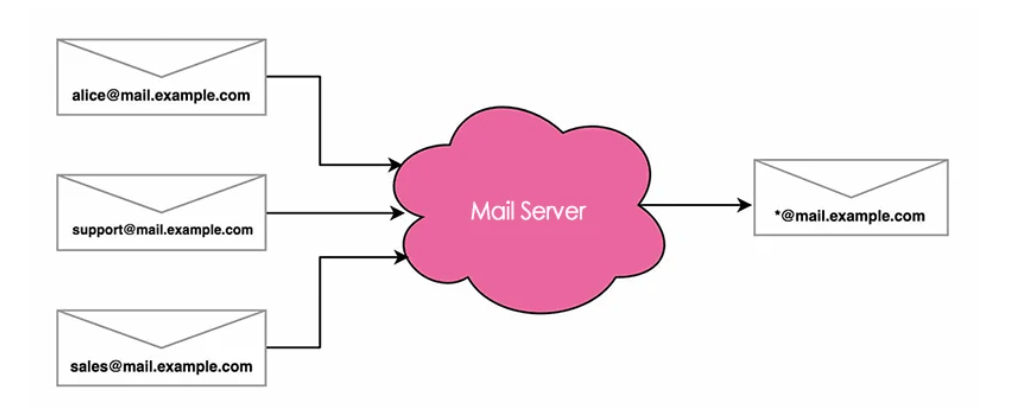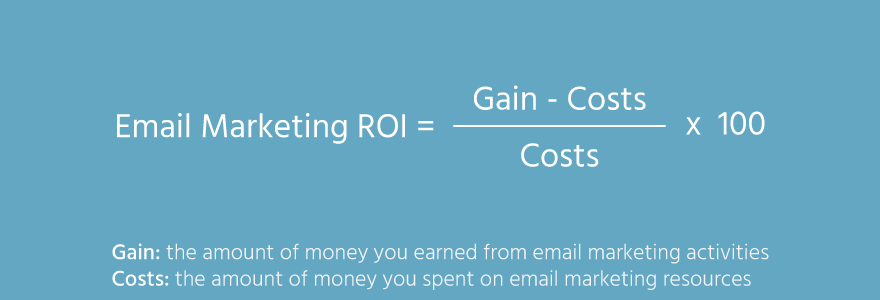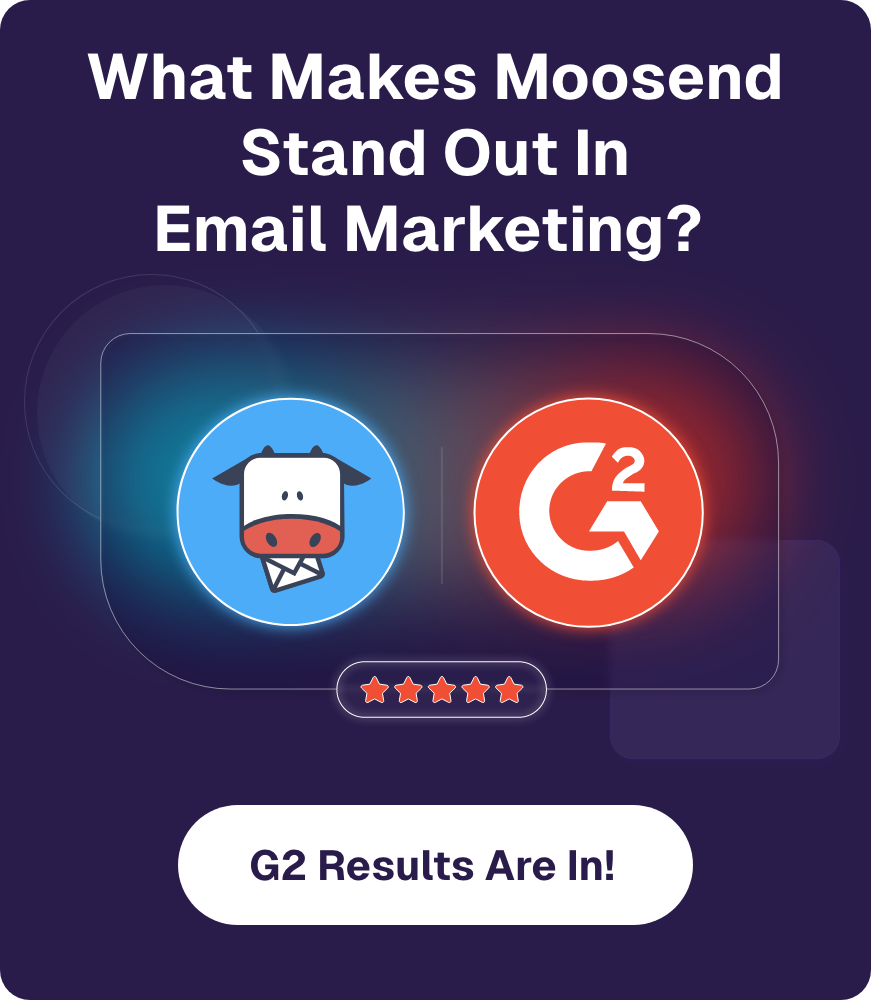
Email Validation Guide: 11 Reasons Why You Need It
Have you ever heard of email validation and wondered how it can benefit your email marketing and other business practices? If yes, stay with us!
Despite all the developments of the internet, from Web 2.0 to the social media revolution and beyond, good old email has remained the most popular communication method. In 2020, there were over 4 billion email users around the world. That means that over half of the world’s population has an email account.
With numbers like these, email is vital to the success of any business. But with so many email addresses out in the wild, how can you confirm which email IDs are real? The answer is email validation, a process that verifies whether emails belong to real people and are safe to send to or not. Here, we’ll cover 11 reasons why your business should prioritize it.
Searching for email testing tools of all kinds? Find the best email checkers out there, including pricing and top features, and see your amazing campaigns covert!
What Is Email Validation?
Email validation is a process that checks whether an email address is valid and deliverable. Typically, software tools like ZeroBounce are employed to scan through long lists of email addresses and remove invalid ones. You can also practice it in real-time, for instance, by connecting an email validation API.
The goal of email validation is to catch any potential issues before your ISP or email provider does. This way, you can avoid the negative consequences of email deliverability, such as increasing spam or bounce rates.
How Do Most Email Validation Tools Work?
The specific procedure varies from tool to tool, but it generally follows a similar outline:
First, the tool will check for known spam traps, which are email addresses set up to catch senders violating email spamming rules. Generally, this won’t be much of an issue if you’ve acquired your email list organically. But, if you have addresses from different sources in your email database, you should double-check to avoid being blacklisted.
Next, your email validation service will check for invalid email addresses and syntax, like misspellings or typos. After that, the validator will verify the domain name. To do this, it will look at the mail server’s DNS and MX records to verify that the domain exists and can receive emails.
For example, if you have an email with a non-existent domain, the validation tool will check the domain registration. It will proceed with email list cleaning if it doesn’t exist, removing this email from your list.
Finally, the email address validation tool will check individual mailboxes using the SMTP protocol. The tool will ping the mailbox, and if it gets the proper response, it will know that the mailbox exists and is deliverable. If not, it will remove that address.
Email validation is closely related to email address verification, which goes an extra step to check whether the address belongs to someone and is active. Some email verification tools will also check whether an address frequently marks emails as spam. If so, it will flag the address for removal to reduce the risk of spam reporting.
11 Reasons To Put Email Validation High On Your Lists
Now that you have a better idea of what email validation is, let’s learn how it can boost your email programs and campaigns:
1. Improve Engagement Rates
It should come as no surprise that it’s challenging to have high engagement rates if there aren’t any real people to engage with. If it turns out that your list is filled with “bad emails,” removing them will naturally boost your engagement rates. Plus, once you validate your email lists, you’ll also ensure that you have the most accurate data possible.
Imagine you have a mailing list of four people, Bill, Jane, Suzie, and Louis. You send a message to all four of them and only get follow-up responses from two of them. Therefore, you think that your engagement rate is 50%. Later, you find out that two of the addresses don’t exist, so your actual engagement rate is 100%! Now you can make strategic decisions on email marketing campaigns based on more solid data.
Beyond that, better engagement rates also help keep your account off of email blacklists and improve your deliverability. So fixing an artificially low email engagement rate can be extremely valuable.
2. Boost Deliverability
Email deliverability is a measure of how likely it is that your email will end up in your subscribers’ mailboxes. Many factors affect it, including the number of hard bounces, your engagement rates, and how many spam complaints are filed against you.
Again, email validators are designed to remove invalid and undeliverable email addresses. When you remove these, you reduce the likelihood that the emails you send will bounce back and hurt your sender reputation — and ultimately your deliverability.
If you use an email verifier, you can also remove high-risk emails from your list that are likely to mark your communications as spam, which can be detrimental to your deliverability. Overall, you should make sure that your spam complaint rate is less than 0.1%.

3. Reduce the Risk of Being Blacklisted
As already mentioned, the primary purpose of email validation is to avoid getting your email account blacklisted and hurting your deliverability. High bounce rates, low engagement, spam traps, and spam complaints can all contribute to getting your domain or IP address blacklisted. And if this happens, all your future emails will go straight to spam – and that’s not where you want them to be.
Why is that? If you’re sending to invalid email addresses, it shows that you’re not updating your list. For example, the more hard bounces you get, the more likely it is that your account will get blacklisted. By validating and verifying your email addresses on your list, you reduce these risks!
4. Purge Temporary Email Accounts
Temporary email accounts are typically used by consumers who don’t want to provide their real email addresses to a business. For example, someone who wants to download a free e-book and provides an email to do so might use a temporary email address.
The problem with disposable email addresses is that they become invalid and can contribute to hard bounces. Plus, you’re not going to get much engagement out of them. Keep in mind that anyone using a temporary email address is doing so because they specifically don’t want to receive emails from you, but they need to provide an email.
As a result, they pose nothing but a risk to you. Overall, a good email validator can sniff out temporary email accounts and save you from the trouble that can come from having them on your list.
5. Find Catch-All Email Accounts
Catch-all email accounts are email addresses set up to receive all emails sent to a domain – even invalid email addresses. For example, imagine a website with the domain email.com. It has only one valid email address: [email protected]. However, since it is a catch-all account, it will receive mail sent to any address that ends in email.com, even [email protected], [email protected], etc.

At first, this might not seem like a problem – after all, the email is still delivered. Unfortunately, it’s not that simple. Catch-all email accounts can be configured only to accept emails to invalid addresses temporarily. Then, the user can elect to bounce them back. So good email validators can detect catch-all email accounts and help you avoid the risks associated with them.
6. Increase Conversions
When you remove invalid emails from your list, you’ll naturally increase your conversion rates. Your emails arrive in the subscribers’ inbox, and if you’ve implemented the right email marketing practices, open rates will boom.
Plus, when you remove invalid email addresses, you improve your deliverability, making it more likely that you’ll get conversions. One case study showed that real-time email validation increased conversions by 55%, from 2.07% to 3.22%. Conversions increased because prospects felt more confident that they would receive a response.
Why? Implementing the email validation demonstrated a level of sophistication, and the whole system helped collect solely correct emails.
7. Detect Typos
Typos happen to the best of us. But when they occur in email signup forms, they can be particularly problematic. The receiver won’t get the emails they hoped for, and you will get hard bounces in return.
Good email validators can catch these typos and remove the emails from your list. For example, if one of the wrong emails on your list is [email protected], the validator can flag this address for removal before sending out an email to that address.
Sending to invalid email addresses will only hurt you, so it’s essential to remove as many as you can, and that’s precisely what email validators are designed to do.
8. Understand your Data Quality
Modern businesses are constantly collecting data. Validating your email lists can give you insights into the quality of your data. If it turns out that large swathes of your lists are comprised of invalid emails, it becomes obvious that there’s an issue with your data collection procedures.
This can serve as a signal to look beyond your email list and check whether your data collection process is problematic. Beyond that, if you find out that many of the addresses on your list are undeliverable, it can change how you interpret your data.
For example, if you notice an abnormally low engagement rate, you may initially attribute that to poor email copywriting. However, after running an email validation, you may find that the real culprit was simply the invalid accounts, deeming your engagement rates.
9. Save Money and Avoid Fines
Some email marketing services have plans that are priced based on the number of subscribers on your list. If it turns out that your list is bloated with hundreds or thousands of invalid email addresses, you can end up paying a higher subscription price for no reason. Running an email validation will help you maintain a clean email list and save you money on subscription fees.
Plus, fines for sending spam are no joke. Violating the US CAN-SPAM Act can lead to fines of up to $43,792 per email. That means that if you send out just 25 emails that violate the act, you could face penalties of over $1 million.
So validating your email lists can help you remove those emails that can get you into deep trouble. Plus, it’s an essential practice if you bought your list as you won’t know what type of collection methods the previous owner used and whether they violated the privacy laws, such as GDPR.
10. Find Effective Email Collection Methods
If you keep track of the sources of your email addresses, running an email validator on your list can point out dysfunctional collection methods. For example, if you find that 70% of all your invalid emails are coming from a specific signup form, you can investigate the reasons behind that and see if there’s an issue to resolve.
Similarly, if you notice that a different collection method has a deficient number of invalid addresses, you can look into why it’s so successful and try to implement it in other parts of your sales funnel.
11. Improve your Campaign ROI
We’ve saved the best for last: As we mentioned, removing invalid emails from your list can reduce email marketing costs. So there’s another benefit: once your costs – or fines – are lowered, your email marketing ROI increases.

So if you want a quick and easy way to boost your email marketing ROI, look no further than email validation.
Takeaways For Email Validation
Validating your email lists is quick, easy, and relatively cheap, and comes with many benefits. Given how easy email validation is, there should be no hesitation in putting it at the top of your priority list, as it can save you from massive headaches down the line, such as blacklisting or spam reports.
Looking for an all-in-one marketing solution with spam testing features and an API to connect with your existing stack? Get a Moosend account today and send your lovely campaigns to your customers’ inboxes.
Author – Sujan Patel
Sujan Patel is a partner at Ramp Ventures & co-founder of Mailshake. He has over 15 years of marketing experience and has led the digital marketing strategy for companies like Salesforce, Mint, Intuit, and many other Fortune 500 caliber companies.



 Published by
Published by


 Published by
Published by